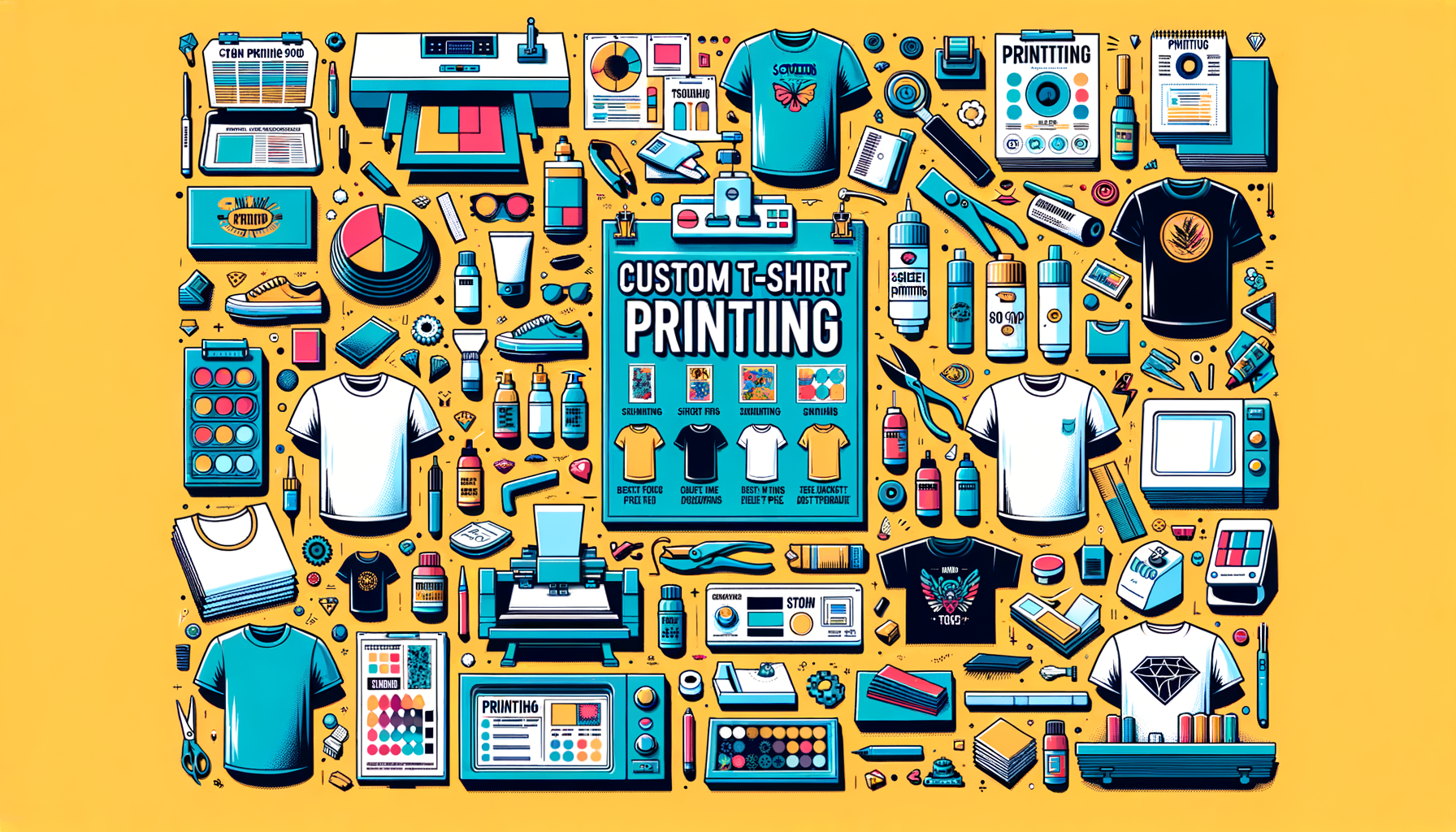
Custom t-shirt printing has become an incredibly popular way to express creativity, promote businesses, commemorate events, or simply create unique apparel. Whether you are an entrepreneur starting your own clothing line or an individual looking to design a one-of-a-kind garment, choosing the right t-shirt printing method is essential to achieving your goals. With so many different printing techniques available, it can seem overwhelming to decide which one is best for your project. Each method has its unique pros and cons, which vary depending on factors like budget, design complexity, fabric type, and production volume. In this ultimate guide, we will explore the most popular custom t-shirt printing methods and provide detailed insights to help you make an informed choice. Screen printing, also known as silk screen printing, is one of the oldest and most widely used methods in the custom t-shirt industry. This technique involves creating a stencil (or screen) for each color in the design and using these stencils to apply layers of ink onto the fabric. Advantages of Screen Printing: Disadvantages of Screen Printing: Screen printing is an excellent choice for designs with few colors and for bulk orders due to its efficiency and cost-effectiveness at scale. However, it may not be the best option for complex artwork or one-off projects. Direct-to-garment (DTG) printing is a modern technique where a specialized inkjet printer applies water-based ink directly onto the fabric. This method is like using a regular printer for paper, only adapted for textiles. Advantages of DTG Printing: Disadvantages of DTG Printing: DTG printing is perfect for small-scale projects, personalized designs, and intricate artwork that involves multiple colors or gradients. However, its scalability and durability may be limiting factors for certain projects. Heat transfer printing involves printing an image onto a special transfer paper, which is then applied to the fabric using a heat press. This technique is versatile and can be employed for both small-scale and bulk orders. Advantages of Heat Transfer Printing: Disadvantages of Heat Transfer Printing: Heat transfer printing is particularly suited for small businesses, personalized designs, and detailed artwork. However, for long-term durability or large-scale production, this method may not be the best option. Dye sublimation printing uses heat and pressure to transfer dye onto polyester fabrics. This method is ideal for creating vibrant, all-over prints without compromising the softness of the material. Advantages of Dye Sublimation Printing: Disadvantages of Dye Sublimation Printing: Dye sublimation printing is an excellent choice for high-quality, all-over designs on polyester garments. However, its focus on specific fabric types and high cost may not align with all project needs. Vinyl cutting involves cutting out designs from colored vinyl sheets, which are then heat-pressed onto the fabric. This method works best for simple designs with solid colors. Advantages of Vinyl Cutting: Disadvantages of Vinyl Cutting: Vinyl cutting is a reliable method for creating bold, long-lasting designs, particularly for logos, text, and simple graphics. However, it may not be suitable for intricate artwork or large-scale production. When it comes to custom t-shirt printing, there is no “one size fits all” solution. Each method offers unique benefits and drawbacks, making it essential to align the printing technique with the specific needs of your project. Here is a quick recap to help you decide: Considering factors such as your budget, fabric choice, design complexity, and order size will guide you towards the most appropriate method. By taking the time to evaluate your specific needs and understanding each technique, you can create custom t-shirts that stand out and deliver lasting impact. Now thatThe Ultimate Guide to Choosing the Right Custom T-Shirt Printing Method
1. Screen Printing
2. Direct-to-Garment (DTG) Printing
3. Heat Transfer Printing
4. Dye Sublimation Printing
5. Vinyl Cutting
Conclusion
